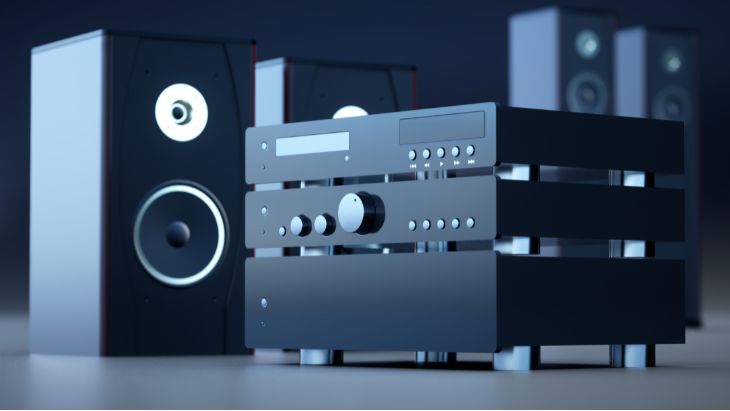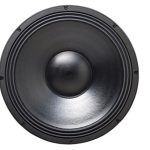A low-pass filter, or simply the LPF, is used to filter out all signal frequencies that are set above the anticipated range. For instance, if the recommended LPF of your subwoofer is set at 120Hz, all frequencies above this range are going to be filtered out. In other words, only signal frequencies below 120Hz will be directed to your sub(s)
The idea behind the low-pass filter is to diminish any audio content above the cut-off point (i.e. high range frequencies), thereby allowing only low frequencies to pass through to the subwoofer. But, what does LPF mean on an amp? This article will help you answer some of these questions and show you how to set LPF on an amplifier.
What does LPF mean on an AMP?
Low pass filters are used in amplifiers to set general sound equalization and basic audio design. Just like in subwoofer applications, a low-pass filter is used to filter undesired frequencies from a signal range that exceeds the set cut-off frequency.
When you set your amplifier on LPF, it helps to determine the maximum frequency range the amplifier will send to the connected amplifier. This means that only lower frequencies will find their way to your subwoofers while the tweeters will accommodate the high-range frequencies. If these high-range frequencies are allowed to find their way to the subwoofer, they will result in distortion, making the bass sound muffled.
The low-pass filter also helps bridge the gap between the frequency ranges while ensuring that you get to enjoy a full-range sound from your setup. The low-pass filter also helps to minimize the amount of high-frequency signal passing through your amplifier. This will in turn help reduce audible high-frequency noise/distortion that might find its way to your amplifier.
How to set LPF on AMP
Setting LPF on an amplifier is relatively straightforward as you only need to tune the amplifier’s inbuilt crossovers and filters. Now, before you adjust anything, the first thing you’ll need to do is have your amplifier and subwoofer set up in place.
The LPF setting is going to vary depending on the specific amplifier you’re using or the frequency range your subwoofer is rated for. To set the LPF, all you need to do is align the settings to be within the maximum frequency that the subwoofer can handle.
For instance, if your subwoofer is rated at 30Hz, then your LPF will be slightly lower than that of someone operating with up to 50Hz. This is because the two ranges are going to have varying operating bandwidth. Ideally, setting the LPF settings involves a trial and error method to help you establish how your output changes depending on the LPF settings.
For starters, you can begin by tuning the LPF all the way up and observing how the subwoofer output changes. You can use an analyzing tool or just your ear to notice the difference in sound output. At this point, you can lower the LPF to where it should be normally and try and notice the difference in decibel rating. After comparing the two, you should be in a position to determine the LPF setting that allows you to make the most out of the amplifier.
The best part about the low-pass filter is that it allows you to customize the frequency response of your entire sound system. For instance, if you’re looking to enjoy more and deeper bass, you can achieve this by setting the high-cut/cut-off frequency much lower. On the other hand, adjusting the cut-off frequency up allows your system to deliver less bass.
Importance of setting LPF on AMP
Perhaps the most obvious benefit of using LPF on your amplifier is the increased power handling capability. Now, considering that LPF helps to filter out unwanted components from the signal range, it means that your amplifier does not need to strain to reproduce those frequencies.
The result of this is powerful and cleaner sound. The LPF also helps to significantly lower the power consumption of your amplifier since it is relieved the burden of having to amplify the high-range frequencies.
LPF is also associated with increased amplifier efficiency. You’ll also notice that the bass frequencies will sound tighter and more precise. So if you’re looking for ways to improve the bass output of your sound system, setting LPF on the amplifier is your best bet.
Wrapping Up!
We hope that your questions on how to set LPF on the amplifier are now clear. The best part about the low pass filter is that it helps to enhance the low range frequencies while preventing the high frequencies from overloading your amplifier. Please share your thoughts in the comment section below!
Michael Evanchuk is a San Francisco-based sound engineer with 20 years’ experience installing, troubleshooting, and repairing commercial, automotive, and household sound equipment. Evanchuk owns an auto stereo center, where he offers highly competitive car audio installation and repair services. He has written dozens of articles on different sound engineering topics, all of which have been published in leading journals, blogs, and websites.





